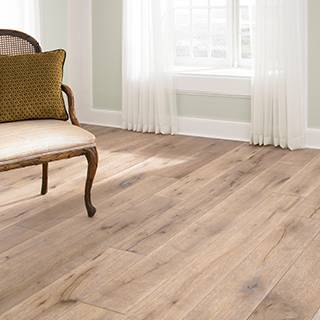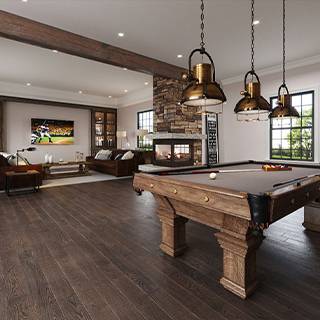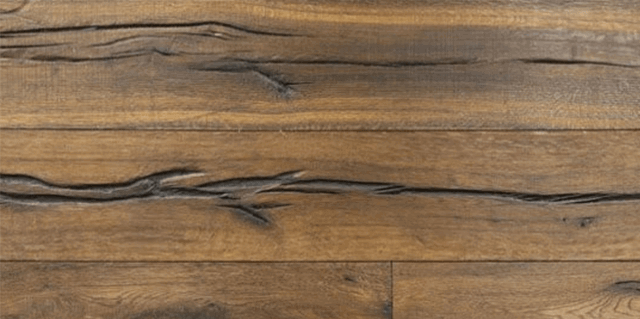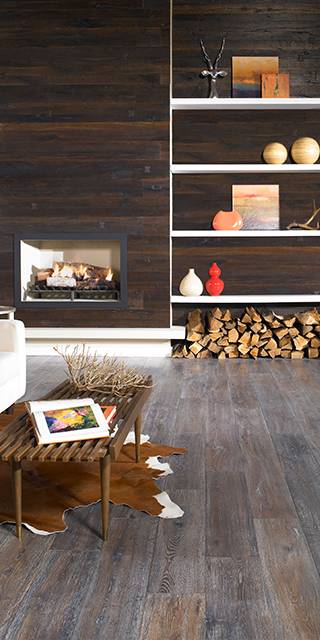Making Good Choices about Sustainable Hardwoods
July 26, 2016
Wooden flooring, cabinetry, architectural elements and furniture offer a beautiful look for your home, but not all types of wood are sustainably harvested or easily replenished. By learning more about high-quality choices, selecting wood that is sustainable allows you to create the decor you desire without contributing to an adverse effect on the environment.
Sustainable Hardwoods
Concerns about wood harvesting include deforestation, illegal logging and loss of slow-growing hardwood species that are difficult to replace. Sustainable forest management includes an approach that addresses the big-picture needs of the forests and surrounding ecosystem. As a resource that affects air quality, water purity and the presence of wildlife, forests are much more than trees.
Damage to Ecosystems
Exotic woods such as teak and mahogany are typically not harvested from sustainable sources. In addition to contributing to deforestation of tropical rainforests, the impact can extend to endangered wildlife, human populations and many other components in large ecosystems across the world. Money often is the motivation for the continued harvesting of wood utilizing unsustainable methods.
Informed Choices
Choosing sustainable wood is as simple as understanding the type of wood and geographical locations that practice sustainable harvesting methods. Hardwoods tend to grow more slowly than softwoods, so sustainable wood is especially important when selecting hardwoods. Softwoods such as pine and fir grow very quickly; these types of wood are often used for lumber products due to their abundance and renewal rate.
Sustainable Certification
The European Union has implemented sustainable harvesting regulations, but in all parts of the world, you should focus on selecting wood that is certified as sustainable. Organizations such as the Forest Stewardship Council provide certification systems, so you can easily identify sustainable wood and feel good about your purchase.
The types of hardwood that are generally available as certified sustainable options include:
- Oak: This popular hardwood with decorative grain is a durable choice for cabinetry, furniture and flooring. When selecting oak, look for FSC certification and sources that are reclaimed or recycled. Oak forests thrive and are grown sustainably throughout the United States and Canada.
- Teak: FSC certification from Burma and Africa is possible with teak, and other types of exotic hardwoods such as favinha, guariuba and tatajuba woods are additional options. Slow-growing teak is difficult to grow sustainably, but because the wood is in high demand for outdoor furniture, it is often available on the black market.
- Mahogany: The rich colors and unique grain of this unique wood make it a desirable choice for furniture. FSC-certified wood comes from South and Central America, Asia and Africa. Other types of wood, such as andiroba and jatoba, are additional options when a mahogany look is desired.
- White Ash: This hardwood is desirable for baseball bats, hockey sticks and pool cues. Resistance to shock and the light, creamy color make it a popular choice for furniture, especially for curved forms. Ash is grown in FSC-certified forests across the eastern United States and Canada.
- Black Cherry: With a red wood that has a similar look to mahogany, cherry is a popular choice for furniture, cabinets and doors in addition to guitars. Fine grain and wavy rings provide it with a unique texture and look. Cherry is grown throughout the central and eastern United States, and many FSC-certified forests are located in Pennsylvania.
- Maple: Maple is available in both soft and hard types, and sugar maple is a coveted type of hardwood. This beautiful wood has many unique types of grain and a light color that is suitable for a wide variety of furniture, stair treads and flooring. Maple grows abundantly along the east coast of North America.






